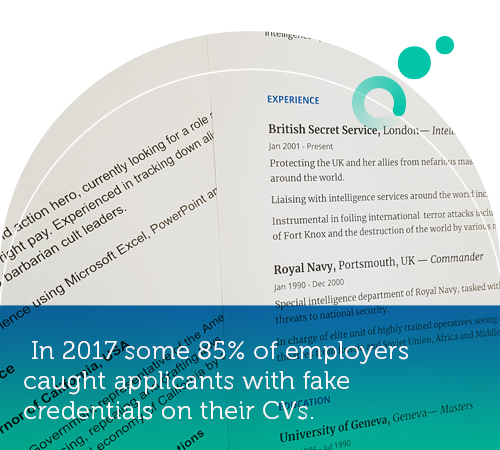
Why is Middle Management Leading the Great Resignation?
Empower middle management to navigate the Great Resignation by addressing burnout and providing essential support. Discover how age, gender, and race influence this transformative workforce trend.










